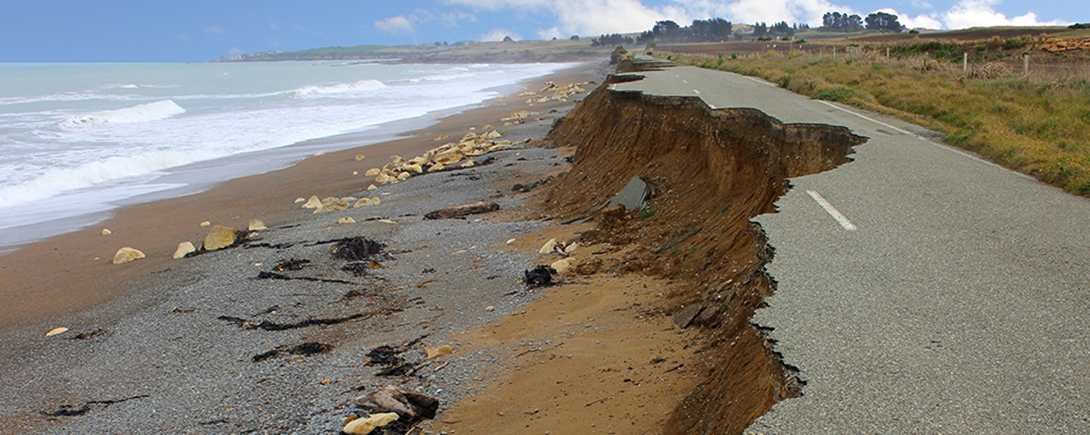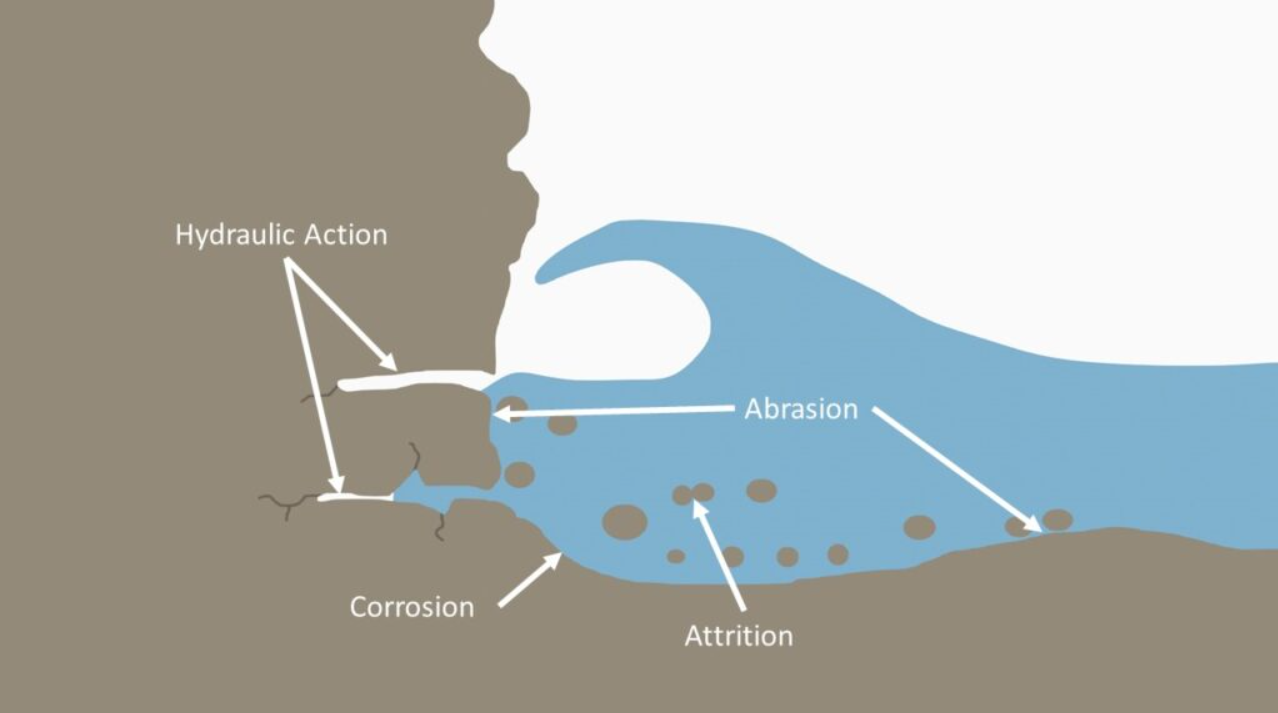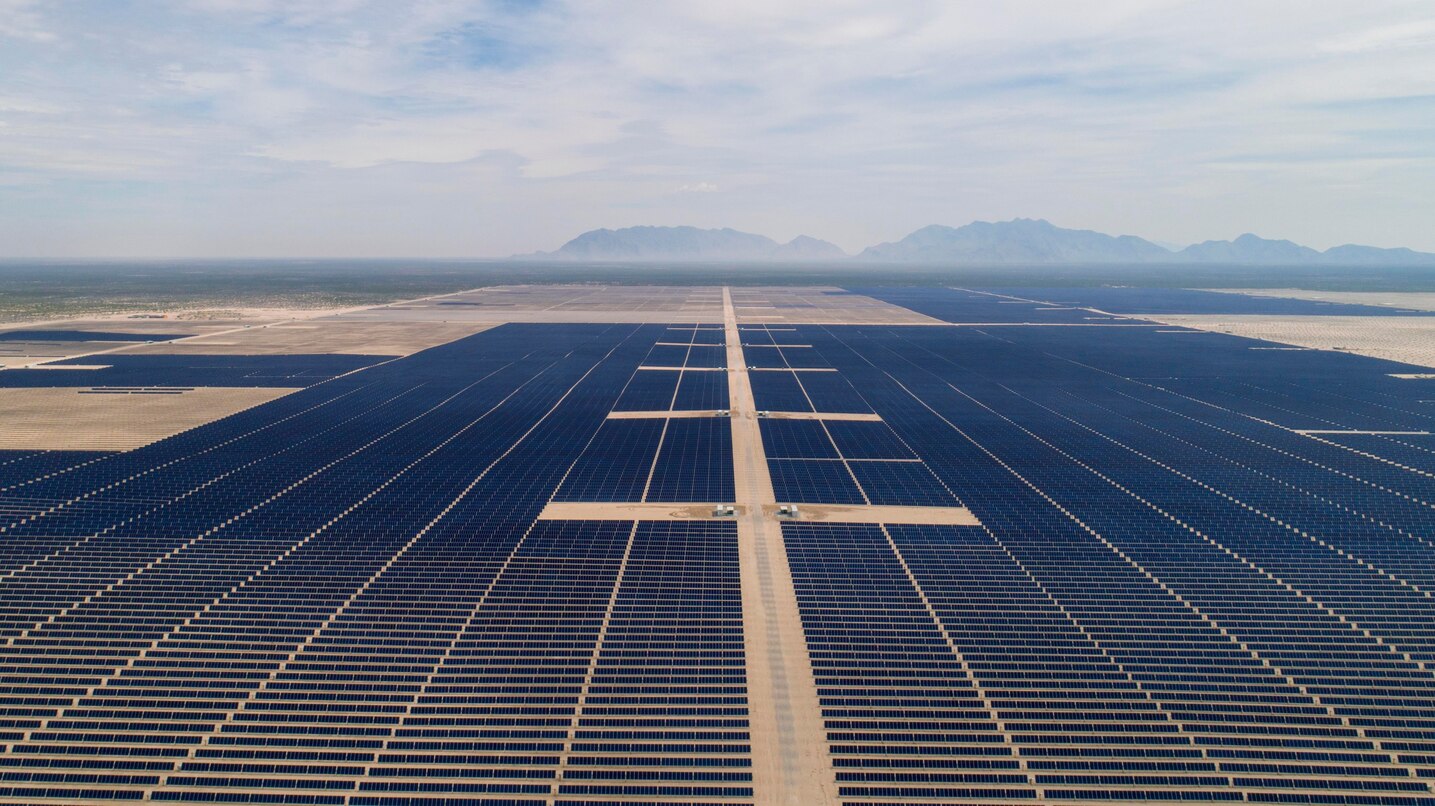- Courses
- GS Full Course 1 Year
- GS Full Course 2 Year
- GS Full Course 3 Year
- GS Full Course Till Selection
- Answer Alpha: Mains 2025 Mentorship
- MEP (Mains Enrichment Programme) Data, Facts
- Essay Target – 150+ Marks
- Online Program
- GS Recorded Course
- Polity
- Geography
- Economy
- Ancient, Medieval and Art & Culture AMAC
- Modern India, Post Independence & World History
- Environment
- Governance
- Science & Technology
- International Relations and Internal Security
- Disaster Management
- Ethics
- NCERT Current Affairs
- Indian Society and Social Issue
- NCERT- Science and Technology
- NCERT - Geography
- NCERT - Ancient History
- NCERT- World History
- NCERT Modern History
- CSAT
- 5 LAYERED ARJUNA Mentorship
- Public Administration Optional
- ABOUT US
- OUR TOPPERS
- TEST SERIES
- FREE STUDY MATERIAL
- VIDEOS
- CONTACT US
Increase in Coastal Erosion
Increase in Coastal Erosion

A recent study revealed that coastal erosion is threatening the livelihood of fishers and other inhabitants in coastal Tamil Nadu.
- Nearly 43% of its coast faces erosion with a loss of more than 4,450 acres of land.
- The area under erosion is increasing by 3 meters per year on the east coast and 2.5 meters per year on the west coast.
- Development projects meant to boost economic growth and prevent sea erosion are making things worse by changing the shoreline.
Key Findings of the Study Regarding Tamil Nadu Coast
- Wind and sea currents move from south to north for about eight months, carrying sand with them.
- During the northeast monsoon (about four months), they flow in the opposite direction.
- Structures like ports, breakwaters, or groynes built extending into the sea block the natural movement of sand.
- This causes sand to pile up on one side and leads to erosion on the other side, where sand is lost.
- This imbalance speeds up coastal erosion, causing waves to move further inland and increasing the risk to coastal areas.
What is Coastal Erosion?
Coastal erosion is the gradual wearing away of the coastline by the action of waves, currents, tides, and wind. This process results in the loss or displacement of land, and the long-term removal of sediment and rocks from the shoreline.
Process: There are four main processes of coastal erosion:

- Corrasion: Strong waves throw beach material like pebbles at the base of a cliff, gradually breaking it down and creating a wave-cut notch.
- Abrasion: Waves, carrying sand and larger fragments, wear away the base of a cliff or headland.
- Hydraulic Action: Waves hit a cliff, compressing air in cracks and joints. When the wave pulls back, the trapped air rushes out explosively, causing chunks of the cliff to break off.
- Attrition: Waves cause rocks and pebbles to bump into each other and break up.
Causes of Coastal Erosion:
- Waves: Powerful waves can erode coastlines through abrasion, corrasion, and hydraulic action.
- Tides: High and low tides can affect the amount of erosion, particularly in areas with significant tidal ranges.
- Wind and Sea Currents: Can cause gradual and long-term erosion.
- Hard Structures: Ports, breakwaters, and groynes interfere with the natural movement of sand, causing erosion on the down-current side and sand accumulation on the up-current side.
- Development Projects: Infrastructure projects aimed at boosting economic growth are exacerbating erosion by altering the shoreline.
- Port Expansion: Structures like breakwaters and jetties block the natural movement of sand and sediment along the coast, leading to sediment accumulation on one side and increased erosion on the other side.
Coastline of India
- India has a coastline of 7516.6 km [6100 km of mainland + 1197 km of islands] touching 13 States and Union Territories (UTs). Gujarat (1214.7 km) has the longest coastline among states followed by Andhra Pradesh (973.7 km) and Tamil Nadu (906.9 km).
- Andaman & Nicobar Islands (1962 km) have the longest coastline among UTs.
- Coromandel coast (Tamil Nadu) is a coast of emergence while Konkan coast (Maharashtra and Goa Coast) is a coast of submergence.
Impacts of Coastal Erosion
- Loss of Land: Erosion can lead to the loss of valuable coastal land, affecting property and infrastructure.
- Impact on Coastal Ecosystems: Erosion can destroy habitats such as mangroves, salt marshes, and sand dunes, which are crucial for various species.
- Flooding Risk: Erosion can reduce the natural barriers that protect coastal areas from flooding.
- Displacement of Communities: Erosion can force communities to relocate, leading to social and economic disruption.
- Salt Water Intrusion: Coastal erosion can lead to the salinisation of agricultural land, reducing crop yields.
- Impact on Marine and Coastal Biodiversity: It can alter ecosystems and food chains.
How to Prevent Coastal Erosion?
-
Vegetation: Strategic planting of seagrass and other coastal plants helps prevent erosion.
-
Beach Nourishment: Nature-based or "green infrastructure" protection measures enhance the natural ability of shorelines to absorb and dissipate storm energy.
-
Coastal Restoration: Aimed at restoring habitats such as wetlands to benefit marine and coastal species.
-
Regulatory Measures: Zoning laws, building codes, and maintaining minimum distance from the shoreline for new buildings or infrastructure facilities to regulate coastal development.
Initiatives by the Government to Tackle Coastal Erosion
-
Shoreline Mapping System: The National Centre for Coastal Research (NCCR) has observed that 33.6% of the Indian coastline was vulnerable to erosion.
-
Hazard Line: The Ministry of Environment, Forest & Climate Change (MoEFCC) has defined the hazard line to indicate shoreline changes and sea level rise.
-
Coastal Regulation Zone (CRZ) Notification 2019: Permits erosion control measures and establishes No Development Zones (NDZ) to protect the coastline from encroachment and erosion.
-
Coastal Zone Management Plans (CZMP): States/UTs have been asked to finalise CZMPs, including mapping of erosion-prone areas and preparing Shoreline Management Plans.
-
National Strategy for Coastal Protection: MoEFCC has developed a national strategy and guidelines for coastal protection for all Coastal States and UTs.
-
Flood Management Scheme: Anti-sea erosion schemes are planned and executed by State Governments with Union Government assistance.
-
Coastal Management Information System (CMIS): Collects nearshore coastal data for planning, designing, and maintaining coastal protection structures.
Conclusion
Coastal erosion threatens India's coastlines, harming the environment and local communities. Natural and human factors worsen shoreline changes, leading to habitat loss and affecting fishermen. Improved shoreline mapping and government measures, like hazard lines and CRZ Notification 2019, aim to manage and protect coastlines. Ongoing efforts, such as CMIS, seek to enhance these strategies.
Must Check: Best IAS Coaching In Delhi
UPSC Prelims Result 2024 Out: Expected Cut Off & Other Details, UPSC Prelims 2024 Answer with Explanation, Daily Prelims Quiz, Daily Current Affairs, MONTHLY CURRENT AFFAIRS TOTAL (CAT) MAGAZINE, Best IAS Coaching Institute in Karol Bagh, Best IAS Coaching Institute in Delhi, Daily Mains Question Answer Practice, ENSURE IAS UPSC Toppers, UPSC Toppers Marksheet, Previous Year Interview Questions, UPSC Syllabus




